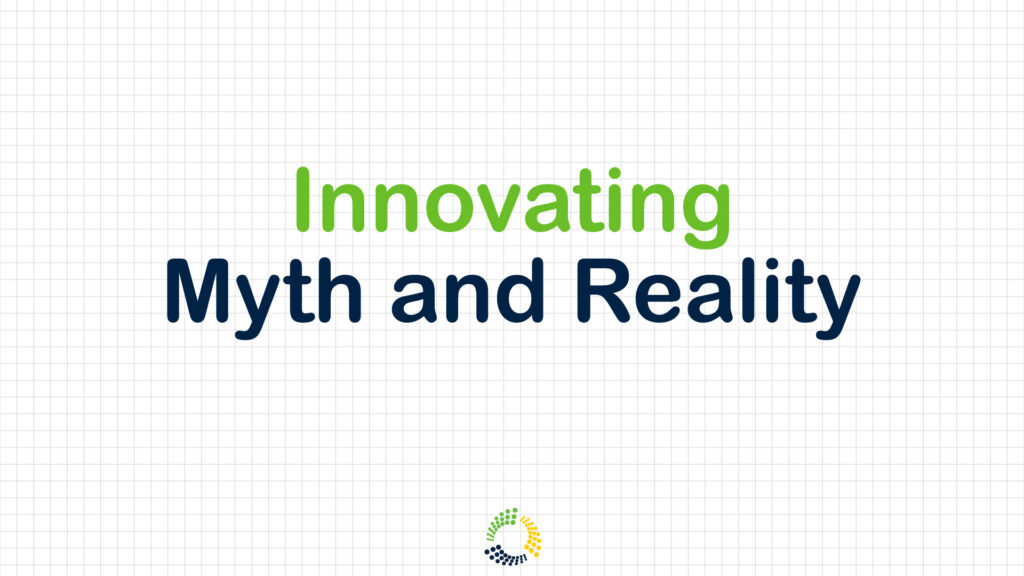
The desire for innovation is universal. But there is, as yet, no universal common practice. To make matters worse, many business leaders believe that innovating is complex, complicated, and ambiguous.
One approach to simplifying a complex, complicated situation is to look for correlations between activities and outcomes. The problem with correlations is that they don’t identify cause and effect. Without a cause and effect relationship, you can’t be sure that the activities you are engaged in will yield the results you need. More often than not, you end up with effects disconnected from desired outcomes. This is one of the reasons why innovation success rates average 40%.
A belief in something that doesn’t turn out to be true in practice is a called a myth. Five of the most popular innovation myths are described in this article.
The Magic Myth – Innovation is a mystical phenomenon.
Business leaders often believe that innovating requires good luck, serendipity, a little bit of magic, and a hero who overcomes obstacles at all costs. Leaders that believe this decide not to organize for innovation, hoping that heroes and innovations will emerge when needed.
The Customer Myth – Customers know what they want.
Innovating activities over-emphasize customer input at the expense of user, market, competition, and their own business context. Innovating consistent with this myth severely constrains Innovation opportunities.
The Invention Myth – Innovation is all about generating new ideas.
Innovating activities over-emphasize generating ideas and potential solutions that are disconnected from what customers want or need. This causes your Innovation Program to be busy without being productive.
The Process Myth – Innovating can be managed as a standardized process.
Innovating activities over-emphasize process control over solution development and validation. Process control becomes more important than the solution, causing concepts to get stuck in development and deployment.
The Solution Myth – Solution novelty is all you need.
Innovating activities over-emphasize a solution you love without fully considering the need to improve the User Experience and Supplier Performance. A solution you love more than the customer will not become an Innovation.
The Innovating Reality
Each Myth becomes justification for a simplified innovating program, rather the dealing with the four issues that every Innovator must address; Context, Problem Solving, NPD Execution, and Change Leadership.
𝘼𝙜𝙞𝙡𝙚 𝙄𝙣𝙣𝙤𝙫𝙖𝙩𝙞𝙣𝙜 ™ recognizes the element of truth inherent in each Myth, but recognizes them as inclusive parts in a complete Innovating Program rather than as separate and independent guiding principles.
🌱
Myths can cause trouble
Based upon correlations
Effects, not results
– Innovation Haiku, Kevin A. Fee, December 27, 2023
